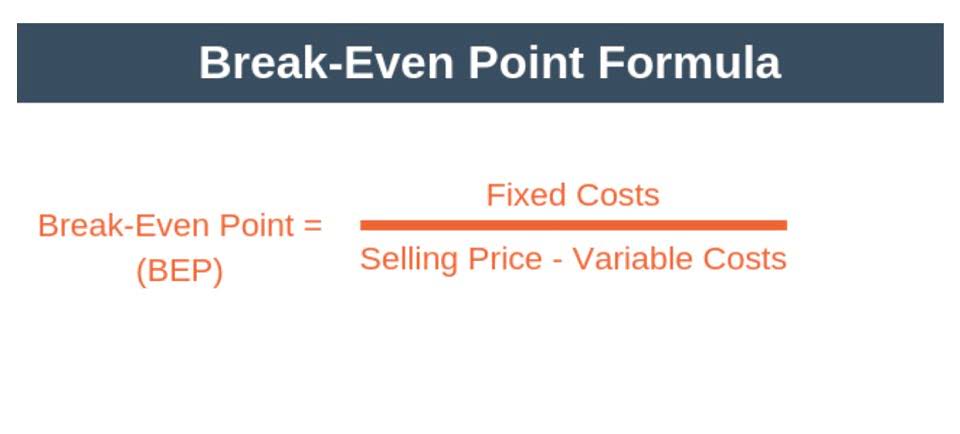11 Feb Perform Vertical Analysis on Income Statements Effectively

It’s important to note that other comprehensive income is NOT included in the calculation of net income but is included in the calculation of comprehensive income (see the Wellbourn financial statements above). Since other comprehensive income is not included in the calculation of net income, other comprehensive income is closed to accumulated other comprehensive income. Changes in unrealised gains or losses on investments, foreign currency translations, real estate cash flow and pension plan adjustments can affect the calculation of comprehensive income. Comprehensive income is meant to display all financial and operational events.
Changes in comprehensive income over time
Add or subtract the identified OCI items, depending on whether they are gains or losses. The result will be the total other comprehensive income for the specified period. The statement of comprehensive income displays both net income details and other comprehensive income details. It is appreciated for its more comprehensive view of a company’s profitability picture for a particular period. Unrealized gains or losses can stem from things like hedge/derivative financial instruments and foreign currency transaction gains or losses.
#3 – Available for Sale Securities
- For example, a company might report a net income of $1 million for the year, but if it also experienced a $500,000 loss on foreign currency translations, its comprehensive loss would be $500,000.
- Comprehensive reporting is crucial for evaluating a company’s future and planning strategies.
- It includes unrealized gains and losses, offering a glimpse at how market conditions might impact a business’s value and stability.
- These items can significantly impact a company’s financial position but often remain overlooked when focusing solely on net income.
- Comprehensive loss serves as a vital tool for understanding a company’s true financial health.
- These elements include operating income, non-operating income, Other Comprehensive Income (OCI), and the tax impact on OCI.
For example, if a company has a loss in one year, it may be able to use that loss to offset profits in subsequent years, thereby reducing its tax burden. Alternatively, if a company has a gain in one year, it may be required to pay taxes how to calculate comprehensive income on that gain in the following year. This can have a major impact on the amount of money that the company has available to reinvest in its business or pay dividends to shareholders.

How to Present the Statement of Comprehensive Income?
However, its total Comprehensive Income, including noncontrolling interests, was $2,344 million CARES Act in 2016. Since 2006, Vanessa Salvia has written for a variety of website development agencies and private clients on topics related to growth for new and underperforming businesses. Her work can be found in print publications including lifestyle magazines, newspapers, and trade journals, and on websites such as Palo Alto Software and business accelerators and Chambers of Commerce in her state.

Intermediate Financial Accounting 1

This method starts with the net income at the top, followed by the items of other comprehensive income (OCI), and concludes with the total comprehensive income at the bottom. The single-statement approach provides a seamless flow of information, highlighting the connection between net income and comprehensive income. At Acgile, we specialize in providing comprehensive financial reporting services that go beyond basic analysis. Our team of experts can help you implement robust vertical analysis practices, tailored to your specific business needs.
- Over time, accumulated other comprehensive income on the balance sheet shows the total effect of these items on shareholders’ equity.
- For example, investors use the income statement to determine the viability of investing in the company, while management relies on it to make strategic business decisions and improve operational efficiencies.
- This crucial financial metric goes beyond traditional net income, providing a more complete picture of a company’s financial performance.
- An unrealized gain or loss is when a hedging transaction, investment, or pension plan has increased or decreased in value, but there has been no sales transaction.

No Comments